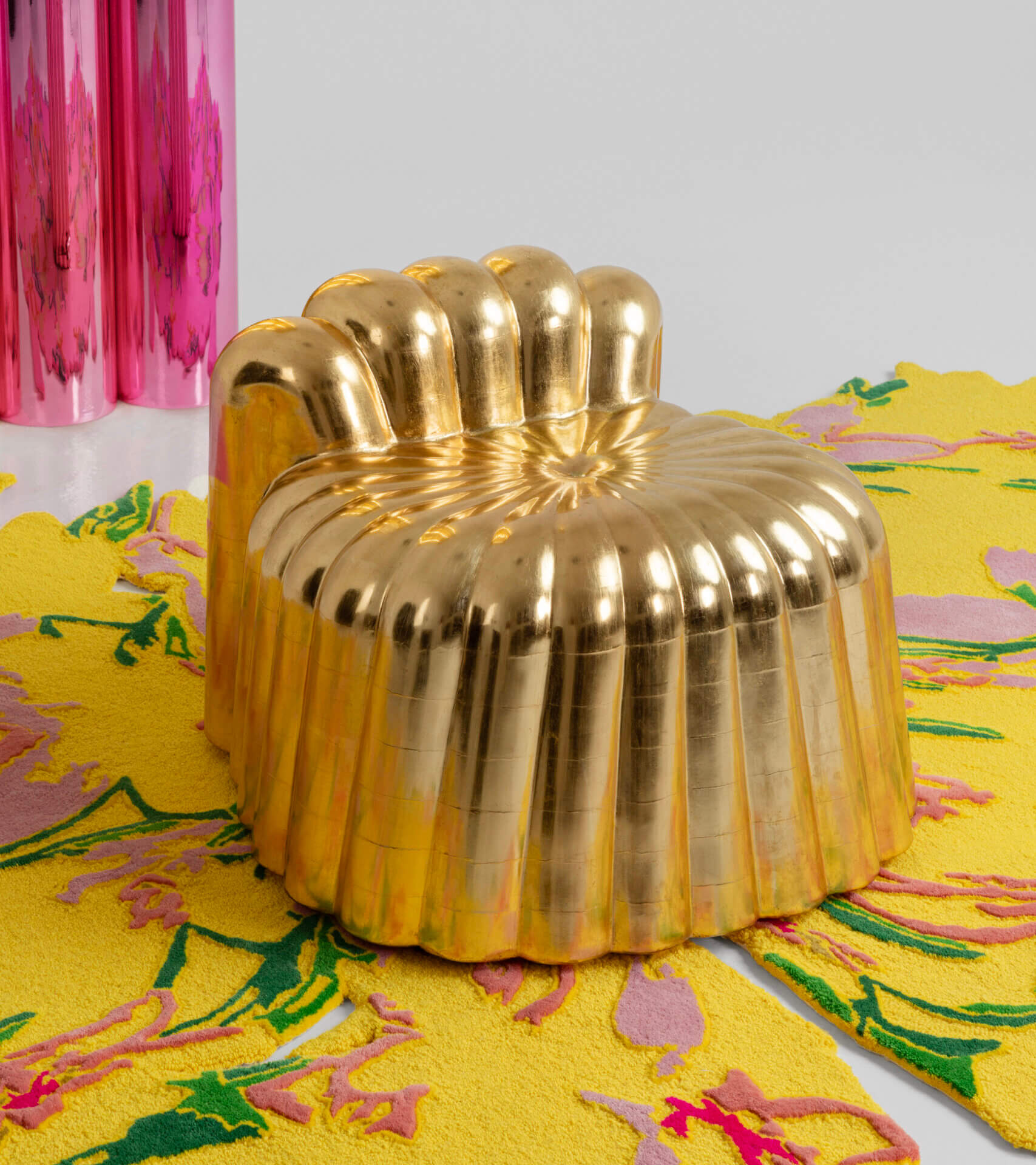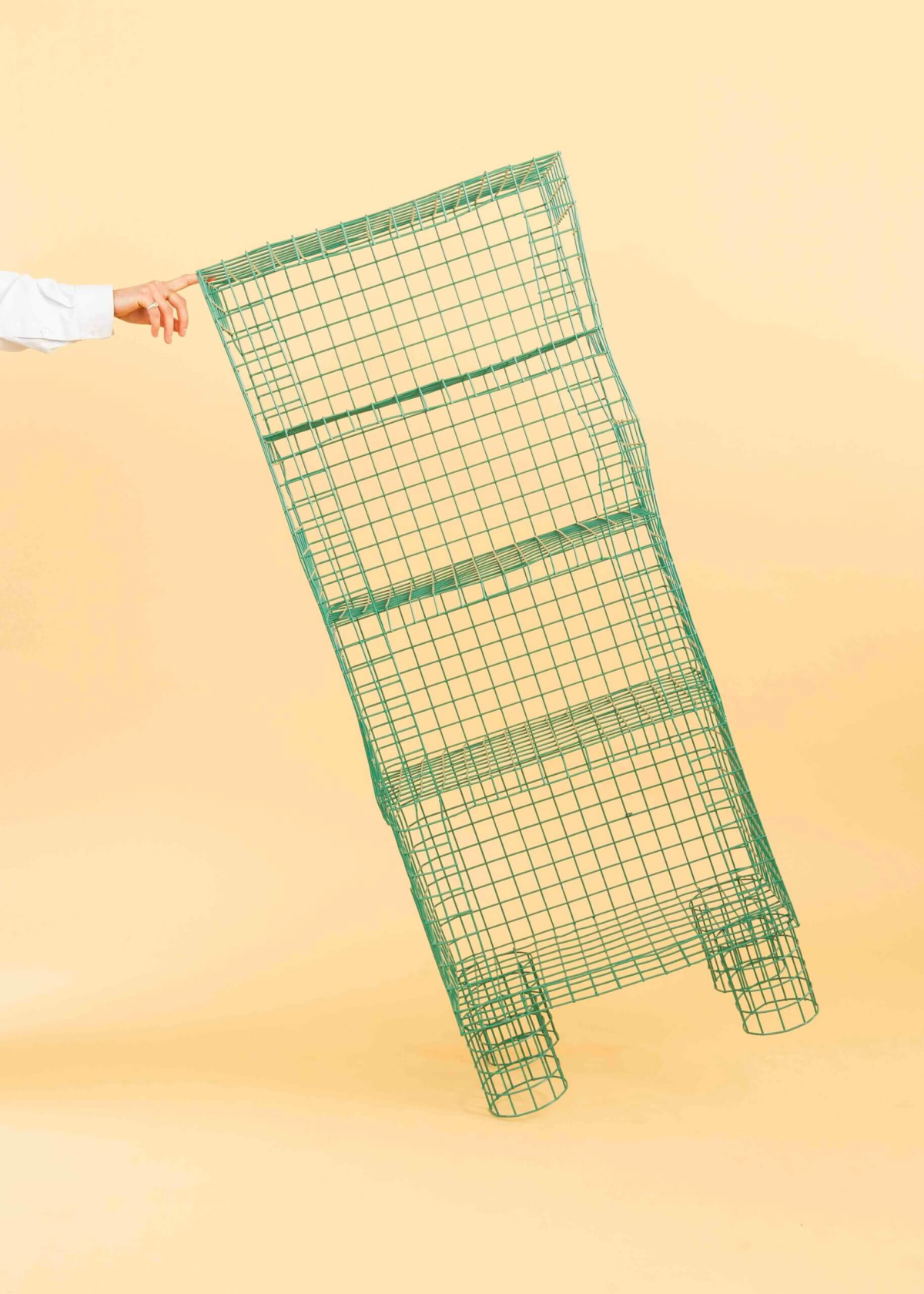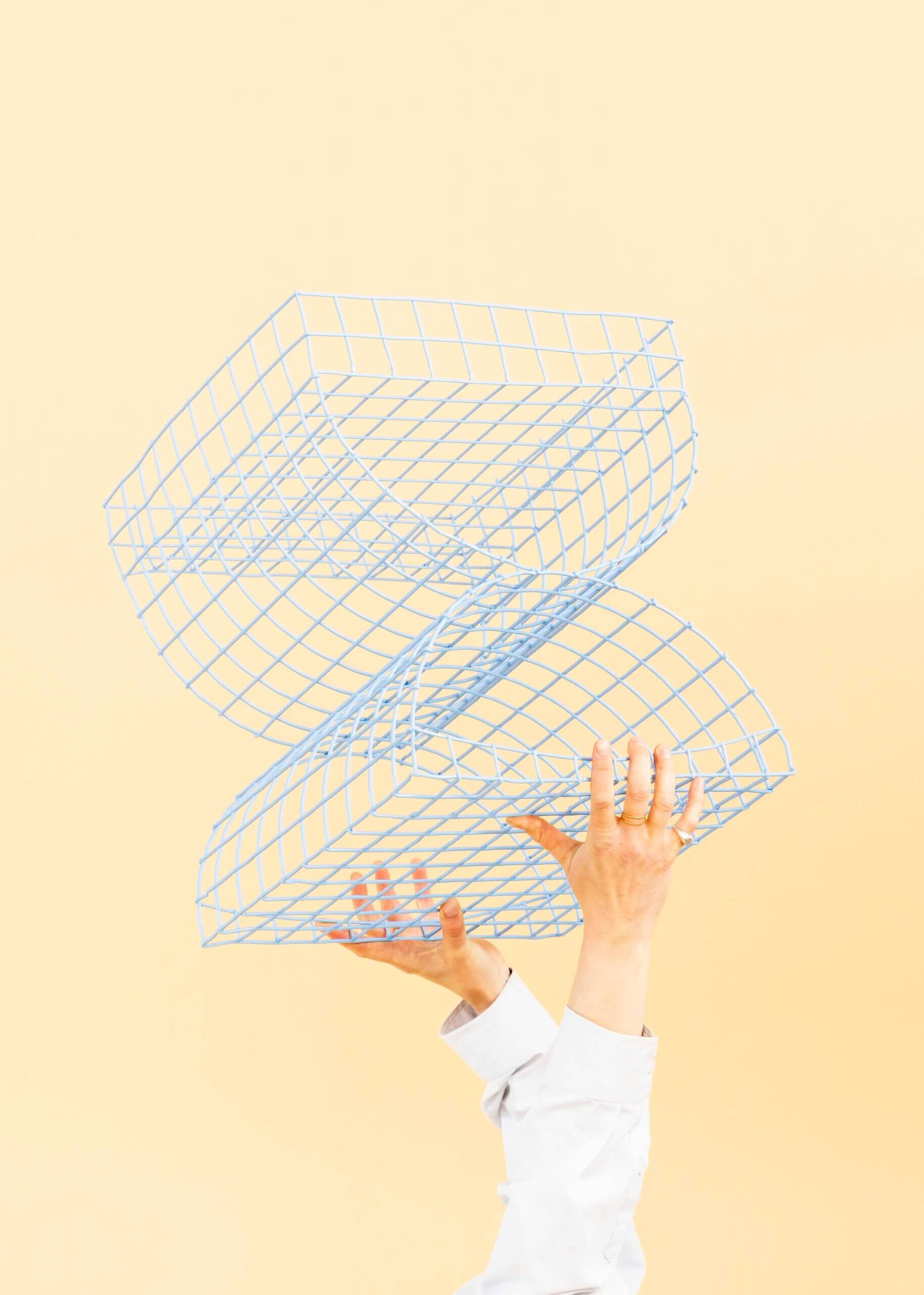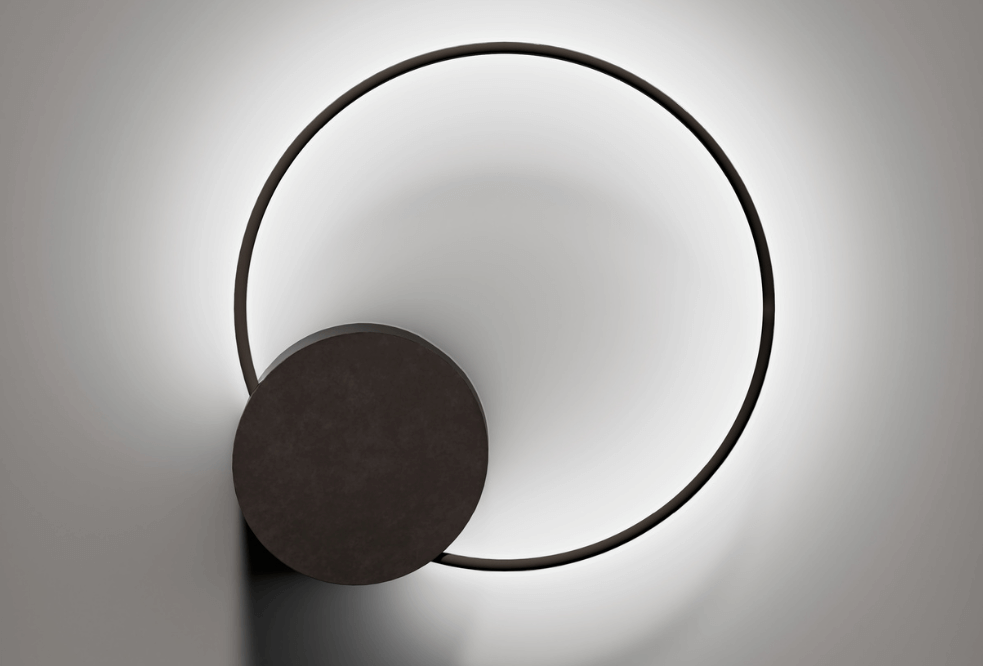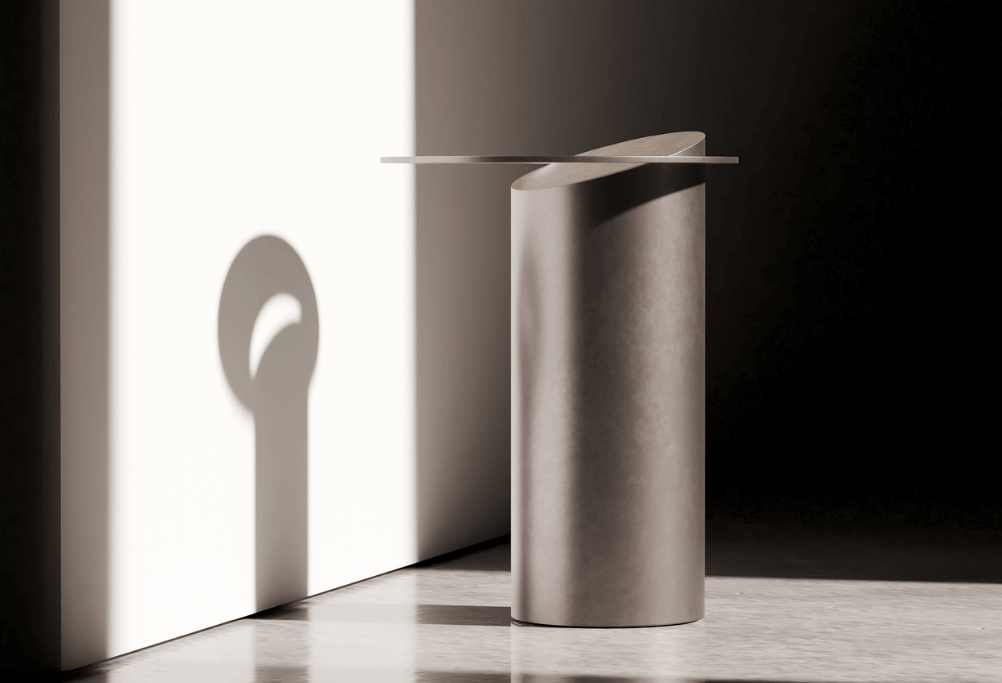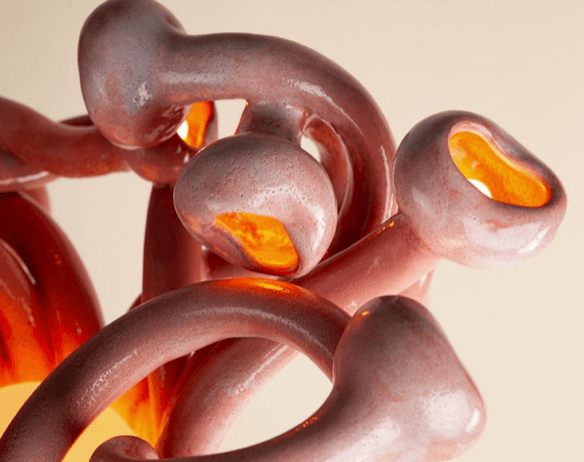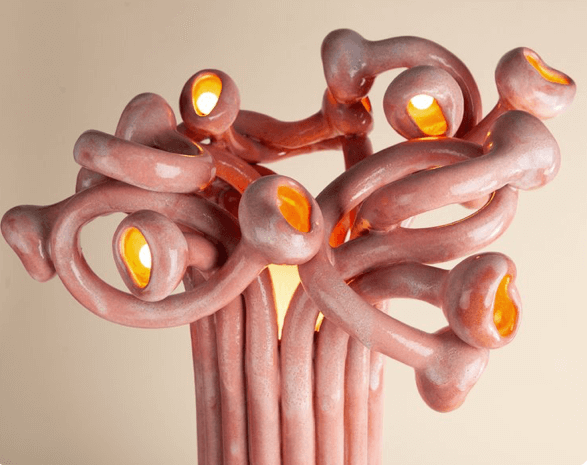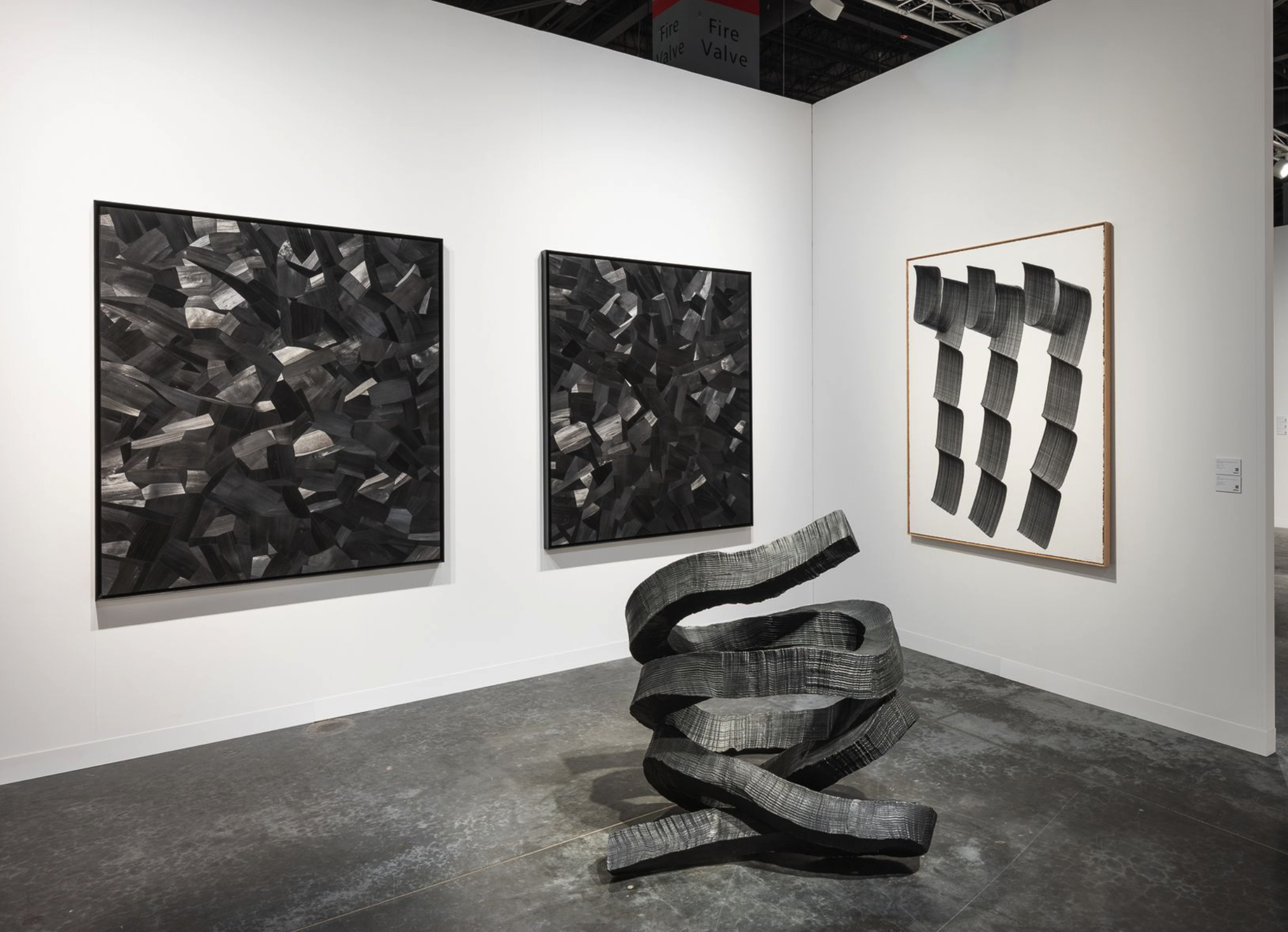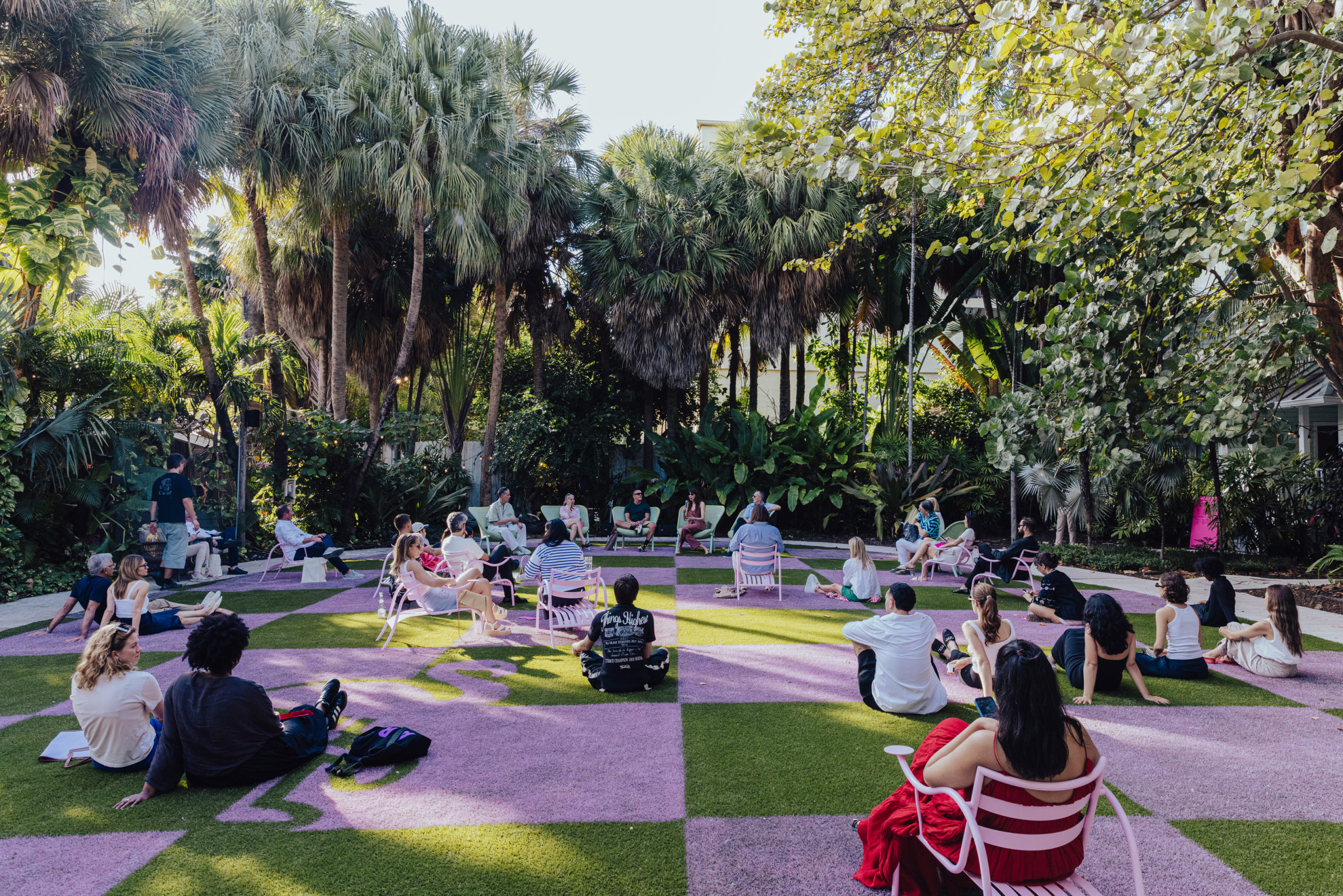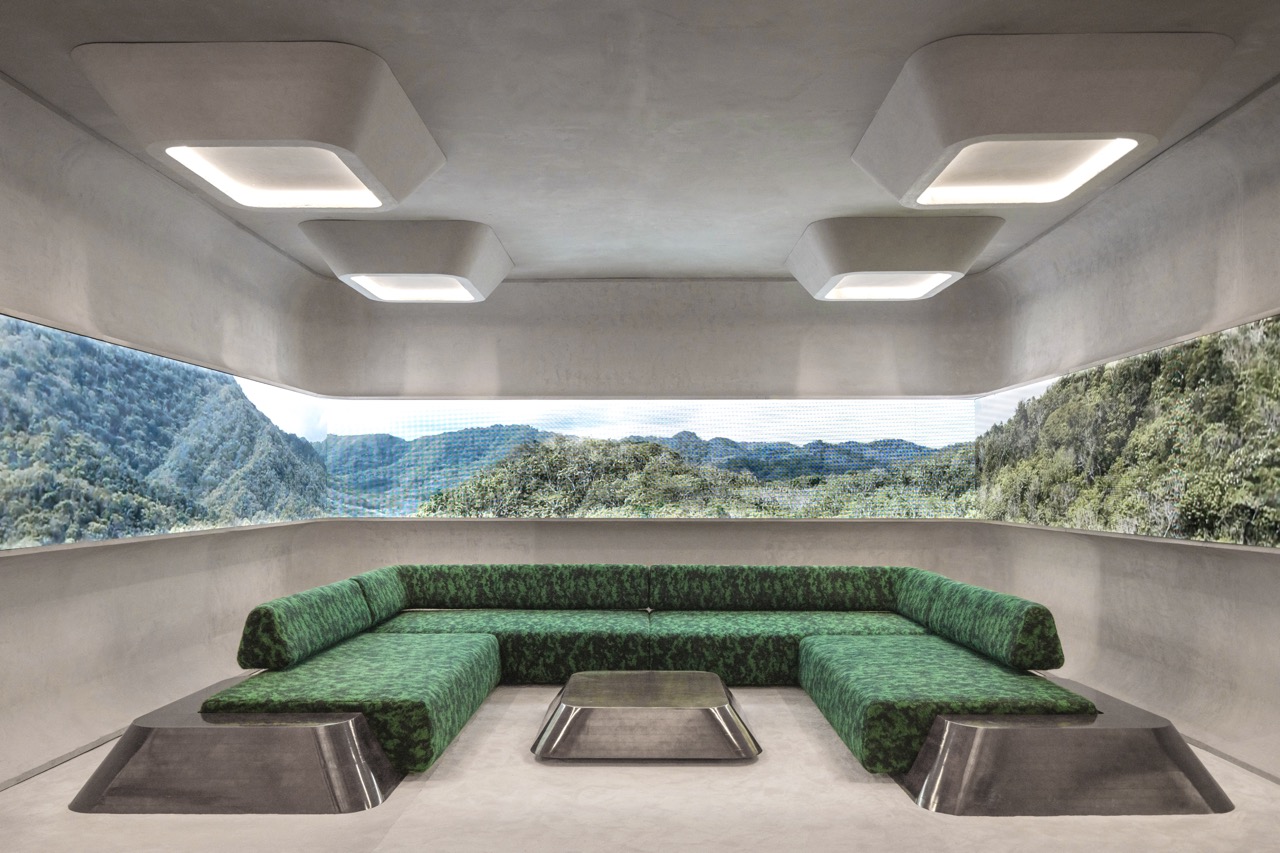WANTED at ICFF 2024 gave us a glimpse into what makes independent North American designers tick. With up-and-coming talents making waves alongside their Asian and European peers, a fresh set of trends is taking shape.
Here are five standout trends currently pushing North American practices forward, as spotlighted by ICFF.
Refreshed Resourcefulness
- Transforming discarded lobster traps into functional furniture, designer Lauren Goodman has developed an entirely nascent craft technique.
- By sourcing materials locally from Maine, Lauren exemplifies a growing trend of localized “waste streams.” Photos courtesy Lauren Goodman & ICFF
Sustainability is no longer just a buzzword—designers are taking it to the next level with smart, inventive ways to upcycle. Designer Lauren Goodman’s Fresh Catch collection, for example, transforms discarded lobster traps into functional furniture. By sourcing materials locally from Maine, Lauren exemplifies a growing trend of localized “waste streams” that fuel creative, sustainable practices. Her work also introduces new craft techniques that breathe fresh life into reclaimed materials.
According to Lauren’s website, lost or abandoned lobster, crab, and other traps plague coastal waters around the globe, putting pressure on a number of already stressed ocean populations. There are about three million lobster traps in Maine’s waters, and more than 100,000 are lost each year.
For the Fresh Catch collection, the traps are carefully deconstructed and organically rearranged into functional objects. Each one-of-a-kind piece expresses the unique qualities that develop from years of tossing in the ocean.
Metal Machinations
- Nonus, a collection of celestial-inspired tables and luminaires, uses blackened steel, showing just how far this material can go both technically and conceptually.
- It’s hard to deny that sleek mono-material metal furniture is all the rage, according to ICFF. Photos courtesy Kahen Design & ICFF
Sleek metal furniture—especially polished steel and brushed aluminum—also continues to rise in popularity for its affordability, versatility, and aesthetic appeal. Emerging designers like Ryan Kahen of Brooklyn-based Kahen Design are pushing the boundaries of this material as seen in his Nonus collection of celestial-inspired tables and luminaires. Using blackened steel, Ryan proves how far this material can go both technically and conceptually, evoking the depths of the cosmos.
An ode to Pluto, the Nonus collection is an exploration of the unique characteristics of the former ninth planet’s journey around our sun. Drawing inspiration from the orbit path of Pluto and the asymmetric center of mass shared with its largest moon, each piece of this collection strikes a dynamic balance within their minimal geometries.
Tacit Touchpoints
- Ceramic artist Daniel Shapiro charges his oversized ceramic luminaires with the Pop-Art-esque quality of semiotics.
- There’s still a large appetite for the more romantic modes of design ornamentation, according to ICFF. Photos courtesy Daniel Shapiro & ICFF
While minimalism dominates parts of the design industry, there’s still a strong appetite for ornamentation that draws on historical references, according to ICFF. Designers are reviving traditional techniques, such as inlaying and marquetry, often with a playful or irreverent twist.
Ceramic artist Daniel Shapiro is a prime example, with his oversized ceramic lights that riff on Pop Art semiotics. His work pulls from the Postmodern, Italian Radical Design movement, proving that historical references can still feel fresh and unexpected. The ceramic Squiggle Column light, for example, is constructed from 24 extruded stoneware tubes aligned in parallel, shaping a structured column that swiftly deviates into chaos as it grows. The tubes intertwine and contort around each other, evoking a sense of conflicting energy. Each of the 24 tubes is crowned with a hand-sculpted light housing designed to interact with one another.
At the heart of the column sits an illuminated globe, casting light upwards to envelop the diverging tubes in a soothing warmth. Elements of The Squiggle Column are thrown on the wheel, extruded, and coiled. Once created the components are assembled to create a one-of-a kind form.
Estimated Experimentation
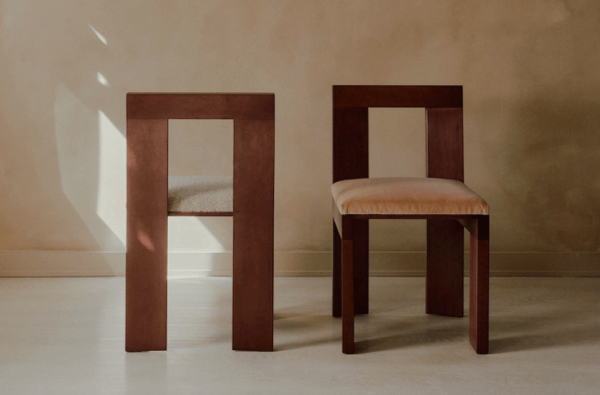
The Raja chair, debuted at ICFF 2024, showcases New York-based Juntos Projects’ ability to transform common wood into entirely new structural and aesthetic forms. Photo courtesy Juntos Project & ICFF
While experimentation remains central to the design process it is now more focused and deliberate, according to ICFF. Designers are letting the materials themselves lead the way rather than forcing bold ideas onto them. Juntos Projects is mastering this approach with their Raja chair, pushing wood into new aesthetic and structural directions without going overboard. The team carefully balances honoring the material while still pushing boundaries.
The Raja chair is composed of a singular design element—a wooden plank sliced at an acute angle—cut, bent, and oriented to embrace the body. The form is echoed in the legs, seat and backrest.
Consummate Collectibles
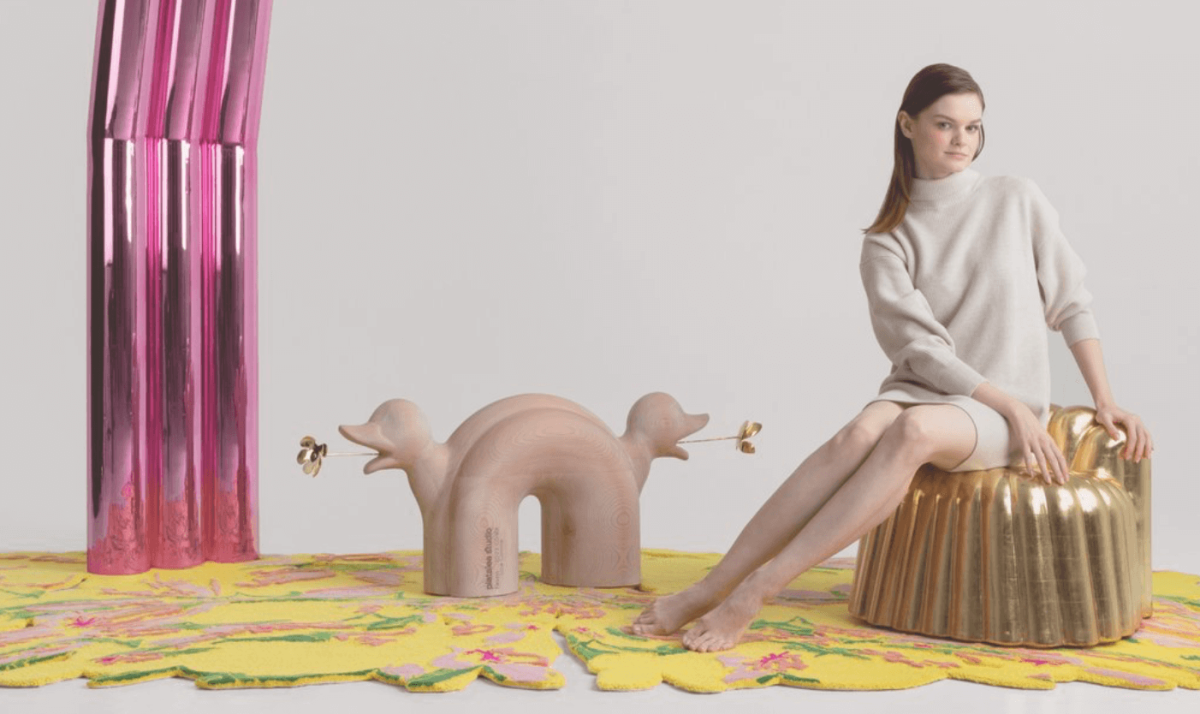
One example of bold collectible design is Platalea Studio’s hand-gilded Somatic chair, which takes on an almost ancient shell-like formation. Photo courtesy Platalea Studio & ICFF
Collectible design is still going strong, offering designers the freedom to explore bold, conceptual ideas without the pressure of mass production. The catch? They have to sell these one-off pieces and maintain an engaged collector base. Platalea Studio from Mexico City is a standout here, blending Mexican craft traditions with avant-garde design in an “incredibly playful and evocative way,” according to ICFF. Their Somatic chair, for instance, is hand-gilded and shaped like an ancient shell.
Designed by studio owners Lilia Corona and Rodrigo Lobato, the Somatic chair from the group’s Landslides and Birds collection is a vibrant homage to the blend of modern luxury and charming naivety of industrial beauty. Beyond its aesthetic appeal, the collection prompts contemplation on the themes of transience and resilience—embodied in the imagery of landslides and the flight of a bird.
